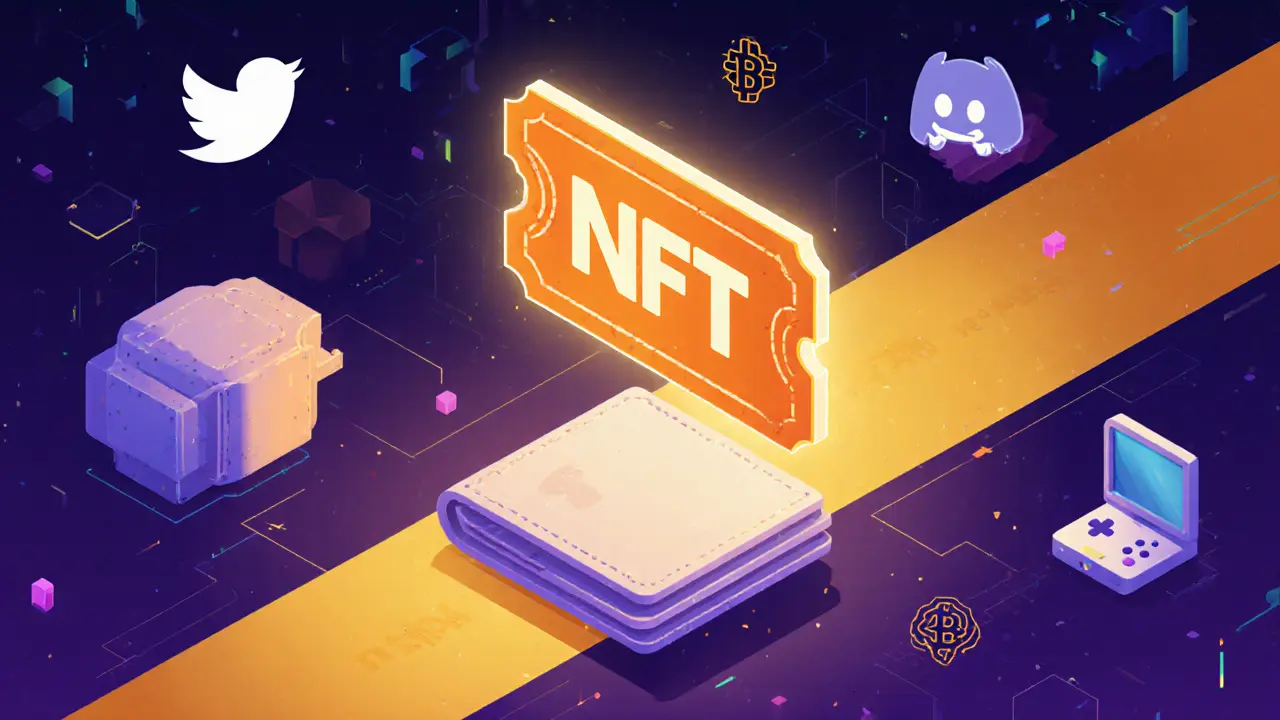FEAR token airdrop: What it is, why it’s likely a scam, and how to spot fake crypto drops
When you hear about a FEAR token airdrop, a free distribution of a new cryptocurrency token to wallet holders. Also known as free crypto giveaway, it sounds too good to pass up—until you realize most of these aren’t real. There’s no official record of a FEAR token launch by any known project, exchange, or blockchain team. No whitepaper, no GitHub repo, no team announcement. Just a flood of social media posts and fake websites pushing you to connect your wallet. That’s not how legitimate airdrops work.
Real airdrops come from projects with transparent teams, public roadmaps, and verified social channels. They don’t ask you to send crypto to claim tokens. They don’t use urgent language like "limited spots" or "claim before it’s gone." They don’t redirect you to sketchy sites that look like Binance or Coinbase. The crypto airdrop scams, fraudulent schemes pretending to give away tokens to steal private keys or funds are everywhere right now. They copy names from real projects—like FEAR, FOMO, or HODL—and use them to trap beginners. You don’t need to be a crypto expert to get tricked. All you need is to be excited about free money.
Look at what happened with HAI token, DIVER, or MONES—all had fake airdrops flooding the web. People lost thousands because they clicked on links promising tokens they never owned. The same pattern is showing up with FEAR. If you see a website asking for your seed phrase, or a Telegram bot that says "deposit 0.1 ETH to unlock your FEAR tokens," that’s not a giveaway—it’s a theft. fake airdrops, deceptive campaigns designed to harvest wallet access or personal data thrive because they target hope, not knowledge. They know you want to believe.
Legit airdrops are quiet. They’re announced on official blogs. They require you to follow a project’s Twitter, join their Discord, or hold a specific token for a set period. They don’t rush you. They don’t pressure you. And they never, ever ask for your private key. If you’re unsure, check the project’s official site—do a Google search for the real name, not the one on the suspicious link. Look for verified badges. Check CoinGecko or CoinMarketCap. If the token doesn’t show up there, it’s not real.
Below, you’ll find real stories of crypto drops that turned out to be nothing—or worse, traps. You’ll see how people got burned by fake claims, what to look for before you click, and why the most dangerous airdrops are the ones that sound just plausible enough to believe.
FEAR Play2Earn NFT Tickets Airdrop: What Happened and Why It’s Closed
The FEAR Play2Earn NFT airdrop promised free tickets to future games but never delivered. Learn what happened, why it failed, and how to spot similar projects before you get left behind.
learn more